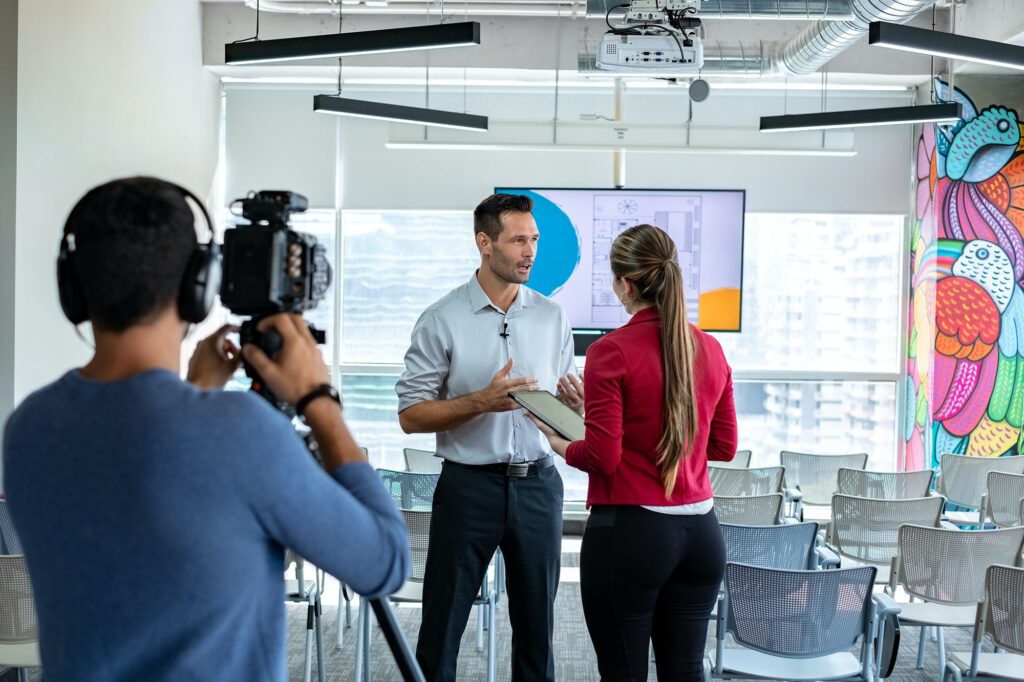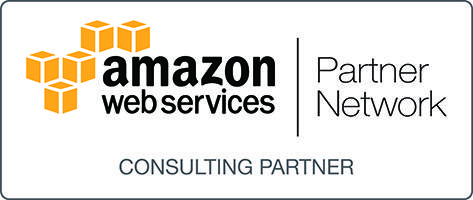Workplace Trends
An informative insight about how-to on keeping up with the emerging trends in today’s modern workplace. The recent workplace trends are mainly focused on the below.
- Workplace is more of home space in the current situation.
- Creating a sense of community and belonging through space is the most popular means of improving employee engagement.
- Regarding the use of group and individual space
The workplace is rapidly changing — from the way we communicate and collaborate to the benefits and perks that attract and retain generations of workers unlike any other. Only companies that embrace these differences and plan accordingly will adapt and thrive in the workplace of 2020.
According to a recent benchmarking study by , The New Ways of Working, many organizations are formalizing “Alternative Workplace” programs that combine nontraditional work practices, settings and locations.
1 Almost half of the surveyed organizations have started an alternative workplace program within the past two years and a large majority within the past five years. This is striking as these programs have been around since the early 1980s.
2 The same study indicates that the adoption of such programs has accelerated during the recent Great Recession and shows no sign of letting up. Why, after all these years, is this happening now? Why has the pace of change picked up so dramatically? What does it mean for how and where we will work in the future? This paper identifies five trends that are dramatically changing work and workplaces.
Overview of the Key Trends
The major factors related to the current workplace trends are mentioned below.
Corporate Social Responsibility and Sustainability
Employee Relations
Employee Health, Safety and Security
Global HR
Labor Relations
Organizational Development
Staffing Management
Technology and HR Management
Workplace Diversity and Inclusion


Other trends included the influence of regulatory development and executive orders, the impact of limited resources on employee engagement, and changing strategies for succession planning. Organizations are finding that they need to look much lower in the organization for talent needed to meet today’s business objectives, necessitating more frequent “talent review” meetings to address skills gaps, flight risk and professional development to meet the future needs of the organization. the way organizations work, and businesses will need to ensure compliance with local tax and other laws, especially those related to travel, contingent workers and data privacy.
Corporate Social Responsibility and Sustainability: The corporate social responsibility and sustainability (CSRS) trends highlight the growing awareness of the importance of these issues to organizations’ operations, with each business needing to determine the role CSR plays in the organization. Increasingly, CSR initiatives will need to be adopted to compete for and retain top talent, but HR professionals and CSR leaders will also need to examine their return on investment. Employees are seeking out organizations with strong CSR programs as well as opportunities to volunteer, and thus, these initiatives are an increasingly important part of the employer brand. Driven by social and regulatory pressures, companies will include human rights issues, such as children’s rights, whistle blowing and corruption, and transparency on their business agenda.
Employee Relations: The most important and foremost aspect in the current scenario is to maintain connect with the teammates as everything has become so virtual with technology. The changing views on the use of traditional annual employee performance reviews were the top trend identified by the experts in employee relations. There is an increased focus on the use of the performance review and ways in which the process can be made more effective for the employee, the team and the ORG.
Labor Relations: A top concern of the Labor Relations Panel was that the general expertise and experience in the area of labor relations is in decline among HR professionals, yet labor law is increasingly influenced by globalization, trade agreements and global labor standards as well as intensified activity in the legislative and regulatory arenas that has led to unpredictability within the public policy process. According to the panel, unions have expanded their use of several organizing tactics and have become more strategic in their efforts to align their priorities with other stakeholders to build consensus and influence. Demographics and workforce shifts are putting more pressure on benefits, thus affecting negotiations during a union campaign. Flexible work arrangements are becoming imperative for employers across all demographics and industries, posing a potential challenge for public sectors and unions, as these arrangements have not been a typical component of a 40-hour workweek and, therefore, have not been considered.

during labor /management contract negotiations. The complexity of legal issues is compounded by state and local governments implementing their own labor and employment policies often due to ambiguity on the federal level related to labor relations practices.
Organizational Development: Some top trends in organizational change and structure in 2020 and beyond are

machine learning and AI are finally entering the market in many different fields. Within organizational learning and change, their power is in helping people connect with topics and each other based on their needs and interests.
Scope of Recruitment and Selection
Learning in the core business – The value of every organization is in increasingly based on the ability to learn quickly. Learning is not only a department, but it’s also a crucial part of the work in every unit. According to Deloitte’s 2019 Human Capital Trends, 86% of organizations recognize changing the way people learn at work as their biggest organizational development challenge in 2019 and beyond. As we are moving towards a world of more uncertainty and less predictability, there is no time to produce formal learning programs and courses for the new emerging topics and challenges.
Learning has to happen in the flow of work. The breakthrough of AI – Practical applications of
What does recruitment involve?
Sense Making – The world is changing so rapidly that we need everyone to be able to participate in making sense of it. That’s why in the future, the ability to quickly adapt and apply new information will become more important than any number of hard skills. Sense- making, amongst others like team-building, coaching and learning, can be seen as an enduring capability, and they are much more transferable to different roles and situations than skills.

Purpose – Based employee Involvement – Purpose is built with participatory ways of working. It is really difficult to communicate purpose with traditional one-way messages. Everybody needs to participate in the dialogue where the purpose is understood. Especially millennials are demanding new ways of working.

Social media already plays a significant role in our lives. However, little use is made of our social media experience, expertise and insight in the realm of work.
Our interactions in our personal networks differ dramatically from our interaction in work-related contexts. This is evident in terms of transparency, for example. Continuous communication and sharing are key to building trust in workplace communities. They prevent disconnects based on assumptions and interpretations.
A transparent work culture makes structures and reporting less complex, as everything is visible. It also means that we need to replace traditional management approaches with coordination and connection. Organizational
structures become obstacles to smart ways of working if they do not adapt to people’s ability to work together in a self-guided manner.
The good news is that people can further develop their interaction skills if the
organization has the willingness and the necessary tools. Better and more multifaceted ways of interaction mean better business and operations for everyone.
From change processes to continuous development – Particularly in the United States, organizational change is seen as a process with a beginning, a midpoint and an end when the goals have been achieved development. Instead of purchasing the perfect plan, companies want genuine changes, where the general direction is known, but the workplace community finds its way to the final destination together. Transformation is not about having a set goal; rather, the result is created and shaped through learning. I wrote about transformation in an earlier article.
Implementing change is about facilitation – In order to enable learning, sense making and engagement the facilitator mindset and facilitation skills are becoming highly appreciated.
Facilitation is not only focusing on one-off meetings and workshops, it’s the way of co-creating transformation. It means that valuing your own expertise is no longer enough.

Effective facilitators go deeper than just methods. They know how to inspire and involve people in processes and how to handle the process respectfully. Fundamentally, they create favorable conditions for people to become motivated and commit to their work.
Digitalization is transforming even the late blooming organizations – Digitalization can hardly be seen as a trend no more. But the harsh reality is that we’re in the stages where organizations unable to transform and develop are actually going out of business. At the same time, it is true that different countries and continents are simultaneously at very different stages of digital maturity and nevertheless doing business together.

In the best of cases, digital ways of working give people real opportunities to participate, and decisions are made collectively. Digitalization enables transparent, real-time processes.
Digitalization is progressing more rapidly in countries with an existing analogue foundation, such as the Nordic countries. Change is digitally driven in countries where traditional hierarchies endure. This was the case when developing countries transferred directly to mobile networks and took the leap onto the Internet, for example. The same will happen with corporate cultures. Communities will be built on real-time technologies and new types of communication practices.
Recruitment is Nothing Less than a War for Talent
Staffing Management: Companies will need to use new and effective Web 2.0 recruitment methods to create a solid selection strategy. Recruiting challenges were another strong theme; as the economy recovers and hiring volume increases, recruiting has shifted from an employerdriven market to a candidate-driven market, causing more competition for strong candidates and challenges in retaining current employees.
Technology and HR Management: The use of social networking throughout HR was a top trend from the Technology and HR Management Panel.. The importance of learning formed a backdrop to several trends, such as the shift to a more educated workforce that seeks out certifications to demonstrate knowledge and competence, and HR expanding its knowledge and the use of tools that create a better understanding of the skills of the workforce. HR measurement, employee measurement and user-centric analytics need to include merging

data from many sources, not just HRIS. Providers of HR technologies are also responding to and creating key trends. Large technology providers are expanding their market share by acquiring the platforms to round out their product suites and to better handle the total employee lifecycle. Technology is adapting to ongoing statutory changes, ensuring that HR is operating within the confines of the law. Developments in technology are also influencing the use of telecommuting, causing HR to evaluate who should and should not telecommute.

Workplace Diversity and Inclusion: Stronger commitment to diversity from government entities, resulting in increased diversity recruitment, development and retention efforts was the top diversity and inclusion trend identified. Demographic factors were a theme behind several trends. Changing workforce/census demographics were expected to continue to drive recruitment and retention strategies. Companies will need more enhanced cultural diversity programs in the U.S. workplace as Caucasians are projected to become a minority by 2050 as African American, Hispanic and Asian populations grow at a faster pace. In addition, more than a decade of war has resulted in a high number of veterans whose unemployment rate outpaces that of the general population. Many states are enacting legislation to allow private employers to voluntarily give preference to veterans in hiring and retention decisions. The changing face of caregiving was another theme, including recognition of working fathers in family leave policies. With the recent news of some companies providing 12 months of paternal leave, companies will need to be aware of any potential perceived inequity in benefits. Technology was expected to create some potential challenges, especially managing a virtual and culturally diverse workforce across many different geographical areas. Recognition of diversity in the workplace and the inclusivity of all groups in the organization will be necessary to meet organizational goals in the years ahead.
UNMATCHED SOLUTIONS START HERE.
Bring us your toughest challenges and connect with our team for staffing and consulting services.



